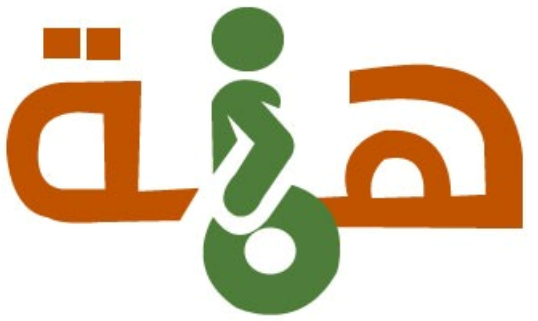Currently Empty: 0,00 EGP

“The role of art is fundamentally essential in human life, representing one of the highest forms of human awareness and thought. It is an integral part of the history and civilization of humanity, playing cultural, social, and psychological roles. This role magnifies in the lives of children in general and especially in the lives of children with disabilities, as it helps them develop their abilities and grow in perception, knowledge, social interaction, and the utilization of their natural potentials to compensate for any loss in physical, sensory, emotional, or intellectual capabilities.
The drawings of children with disabilities are among the spontaneous and free activities that constitute an important outlet for expressing their thoughts, feelings, and sensations. This reliance on spontaneous perception is crucial for children, as they initially perceive the world through their senses. The loss of any of these senses can cause confusion in their understanding and knowledge. Therefore, they turn to express themselves through drawing, which is considered a primary element of non-verbal communication. Drawing allows children with disabilities to convey their thoughts and feelings to others. Through their drawings, they receive a variety of mental images that they store in their minds, reflecting their external world. Thus, drawings become the primary outlet for them to discharge their vivid mental images and a gauge through which their abilities are revealed.
Children with disabilities, through drawing, seek to create new patterns of unconventional activities, providing them with an opportunity to express their uniqueness. Drawing offers them a chance to express their individuality and convey their ideas and emotions to others, making it a significant means of communication.”


